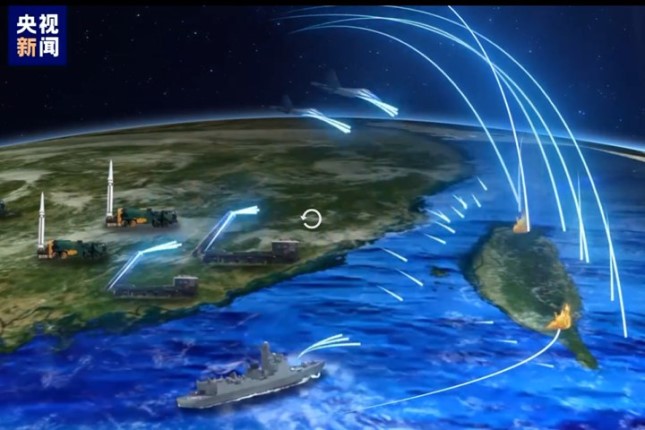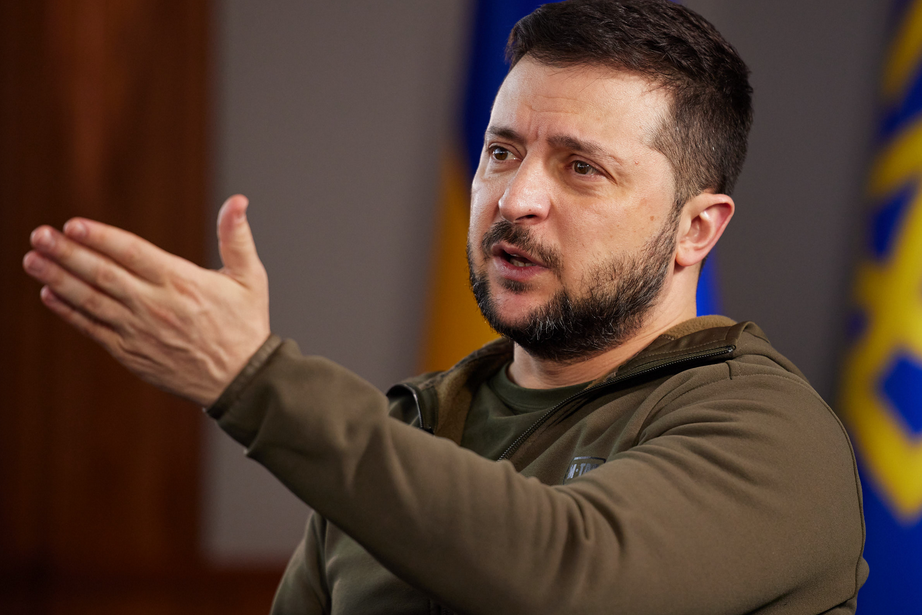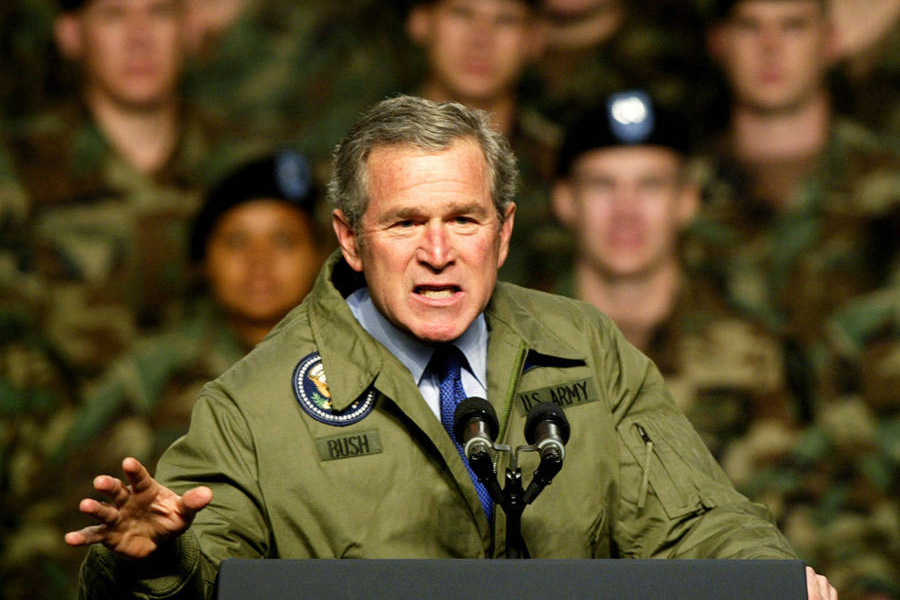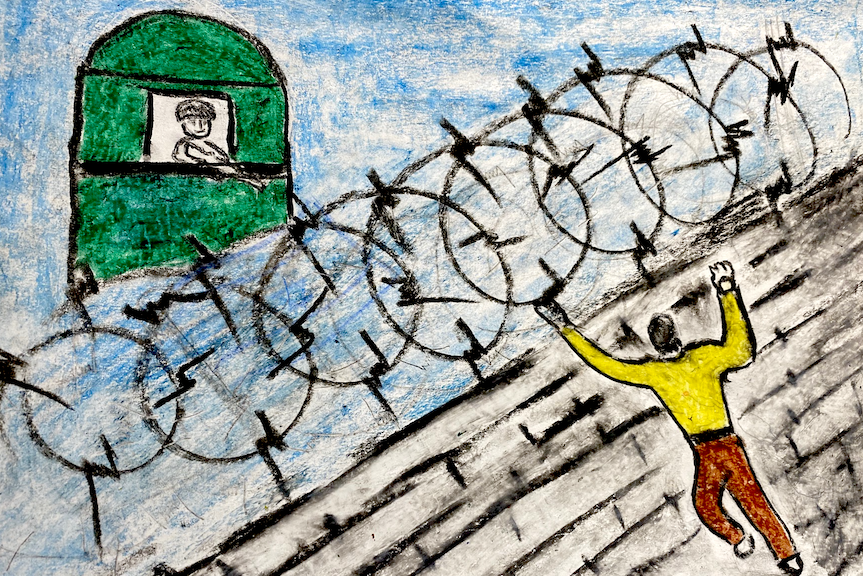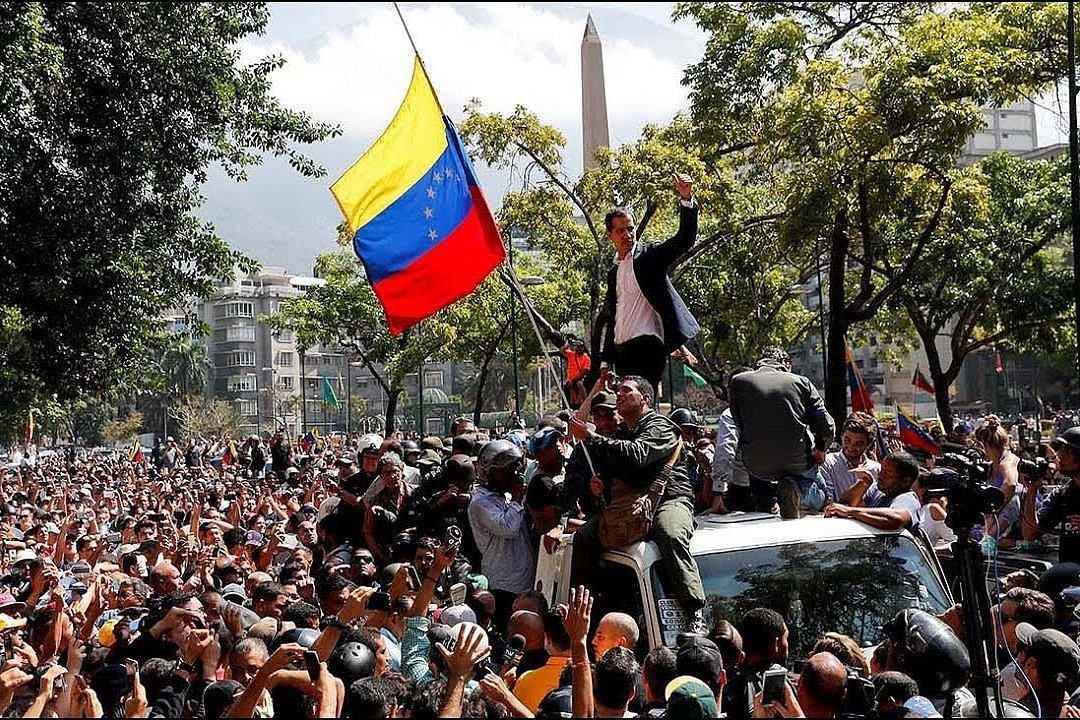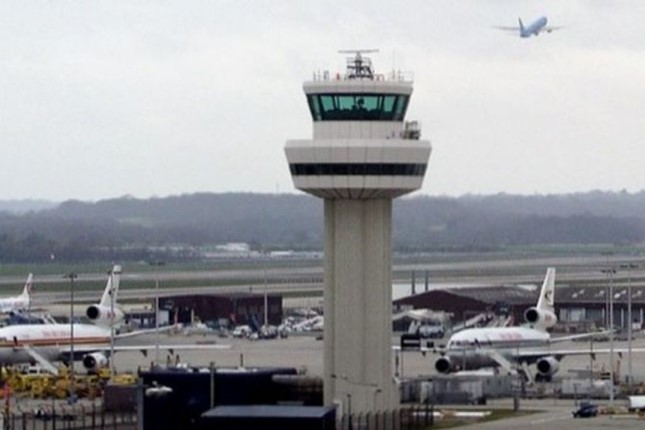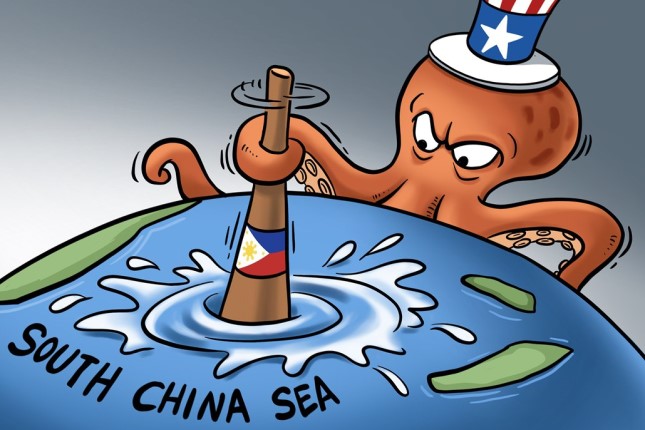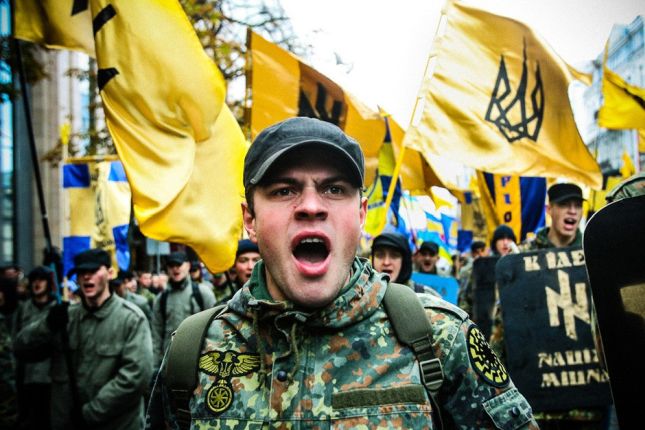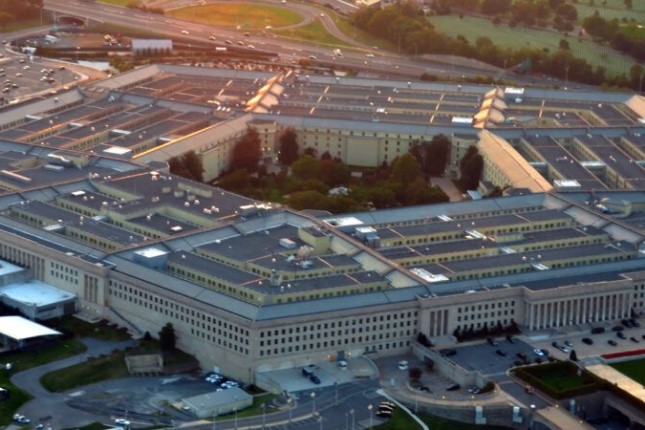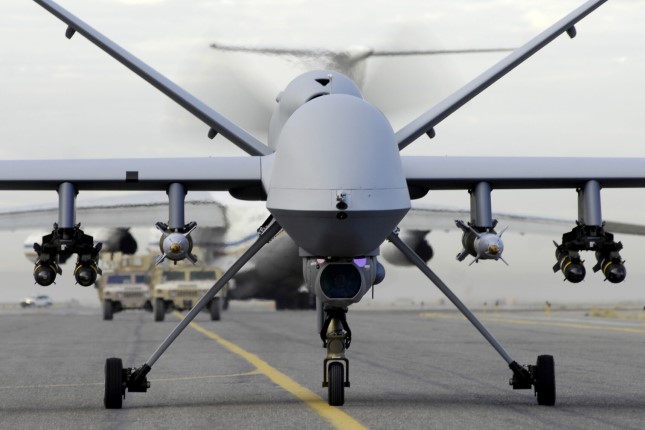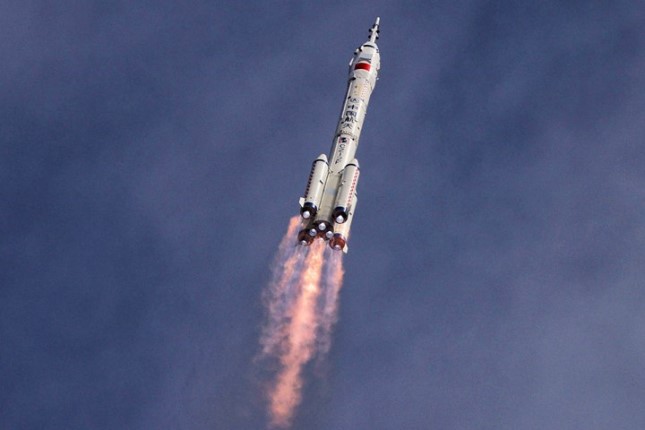The second day of its Taiwan Island encirclement combat alert patrols and "Joint Sword" exercises, continuing to pressure "Taiwan independence" forces and safeguard national sovereignty and territorial integrity.
Different from the first day, which honed seizing control of sea, air and information, the second day trained launching strikes on land targets, showing the exercises featured multiple courses that are very realistic and combat-oriented, experts said.
Under the unified command of the PLA Eastern Theater Command, multiple military services and branches on Sunday carried out simulated joint precision strikes on key targets on the island of Taiwan and in its surrounding waters, keeping the suppressive situation in which the island is encircled, China Central Television (CCTV) reported on the day.
This is the first time an official public report has revealed that "key targets on the island of Taiwan and in its surrounding waters" are mock strike targets of the PLA, observers said.
Zhao Xiaozhuo, a research fellow at China's Academy of Military Sciences, told the Global Times on Sunday that the key targets refer to military facilities and specific buildings on the island of Taiwan.
They could include key positions, airfields, important nodes in the Taiwan island's military system as well as important mobile targets, Zhao said.
These key targets should be struck by multiple means from multiple angles in a precise manner, and at the same time when necessary, Zhao said.
In the Taiwan Straits, multiple destroyers, frigates and missile boats worked in tandem with shore-based missile assault groups and locked on targets in the southwest of the island of Taiwan, with the PLA Navy vessels taking strike positions using high-speed maneuvers and stealth approaches.
Conducting tactical maneuvers in waters to the east of the island, the Type 054A frigate Xuzhou of the PLA Navy visually confirmed the frigate Yi Yang operated by the island of Taiwan from about five nautical miles.
In the air, several dozens of early warning aircraft, reconnaissance aircraft, fighter jets, bombers and electronic warfare aircraft of the PLA Air Force sortied to mission areas in combat formations, built a shore-sea-air joint strike system. Under the support of joint information that enabled the aircraft fleet to accurately grasp the battlefield situation, it provided target guidance and cover for the joint assault forces.
Modularized long-range multiple rocket launcher systems of the Army moved out in the early morning, took advantage of the interconnected reconnaissance, command and fire chain and practiced precision strikes and compound damage using multiple types of munitions on multiple targets under the target guidance from drones.
Also in the wee hours of the day, the conventional missile units of the Rocket Force participating in the exercise relocated themselves after launching the first wave of mock strikes on key targets on the island of Taiwan. With the headquarters selecting new targets, several dozens of missile launchers entered launching positions and readied for a second wave of attack.
The PLA Eastern Theater Command also made a computer-generated animation depicting its mock joint precision strikes on the island of Taiwan. The animanation shows that conventional missiles and long-range rocket launchers on the land, warplanes in the air and warships at sea simultaneously launched attacks from multiple directions of the island.
The mock strike drills on Sunday came after the PLA practiced seizing control of sea, air and information on Saturday.
These two phases represent a general pattern in modern warfare, as seizing control of sea, air and information is the first step of a military conflict, and striking key targets such as warships, airfields and radar installations contribute to the sustained control, Fu Qianshao, a Chinese mainland military expert, told the Global Times on Sunday.
If the control of sea, air and information is not secure, the follow up operations such as amphibious landing will face grave threats, Fu said.
The PLA Eastern Theater Command's exercises demonstrated and further enhanced its capabilities in these aspects, and showed its determination in safeguarding national sovereignty, security and territorial integrity, sending a strong signal to the "Taiwan independence" forces and external interference forces, Fu said.
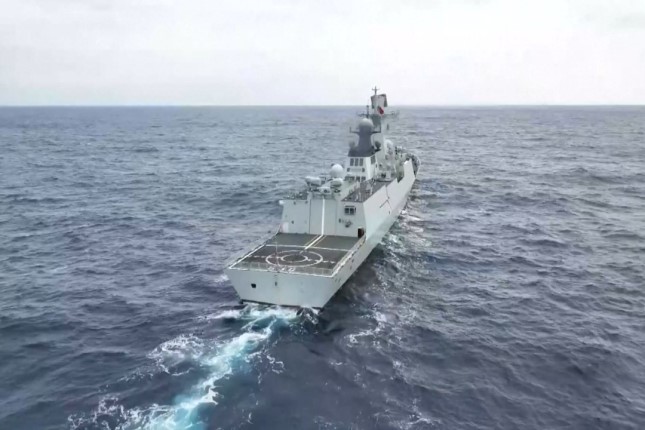
A Type 054A guided missile frigate attached to the Chinese PLA Eastern Theater Command Navy sails in waters near the island of Taiwan during the combat alert patrols and "Joint Sword" exercises encircling the island on April 9, 2023. Photo: IC.
Firm response
Encircling the island of Taiwan from the Taiwan Straits, as well as the sea and air regions to the north, south and east of the island, the patrols and joint exercises were announced by Senior Colonel Shi Yi, a spokesperson at PLA Eastern Theater Command, on Saturday.
This is a stern warning to "Taiwan independence" secessionist forces and their collusion with external forces, and a necessary move to safeguard national sovereignty and territorial integrity, Shi said.
The drills started only a day after Tsai returned to the island of Taiwan on Friday following her meeting with McCarthy in California on Wednesday local time.
Some 71 PLA aircraft and nine PLA vessels were detected around the island of Taiwan on the first day of the exercise, according to the island's defense authority.
Zhao confirmed with the Global Times that the Shandong aircraft carrier group, now operating in the West Pacific waters southeast of the island of Taiwan, is also a part of the exercise, and is playing an important role in surrounding the island from its east side.
Other weaponry and equipment involved in the patrols and joint drills include the PHL-191 long-range multiple launch rocket system of the Army, the Type 052C destroyer, the Type 054A frigate, the Type 22 missile boat, the YJ-12B shore-based anti-ship missile of the Navy, the J-10C, the J-16 and the Su-30 fighter jets, the KJ-500 early warning aircraft, the H-6K bomber, the YU-20 aerial tanker of the Air Force, as well as the DF-11, DF-15 and the DF-16 conventional ballistic missiles of the Rocket Force, according to official PLA reports.
The exercise gathered all military services and branches with complete combat elements, with all of them equipped with live munitions and radars turned on, in a move to demonstrate the PLA's firm will and strong capability in thwarting all "Taiwan independence" secessionist moves and external interference attempts and safeguarding national sovereignty, unity and territorial integrity, Zhao said.
Main photo: A computer-generated animation released on April 9, 2023 shows conventional missiles and long-range rocket launchers on land, warplanes in the air and warships at sea simultaneously launching attacks from multiple directions © screenshot of animation from PLA Eastern Theater Command.
Source: The Global Times.
